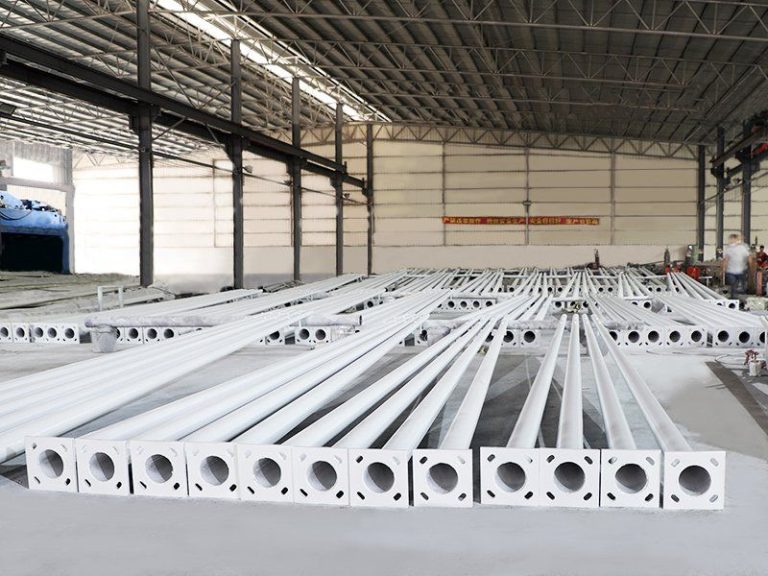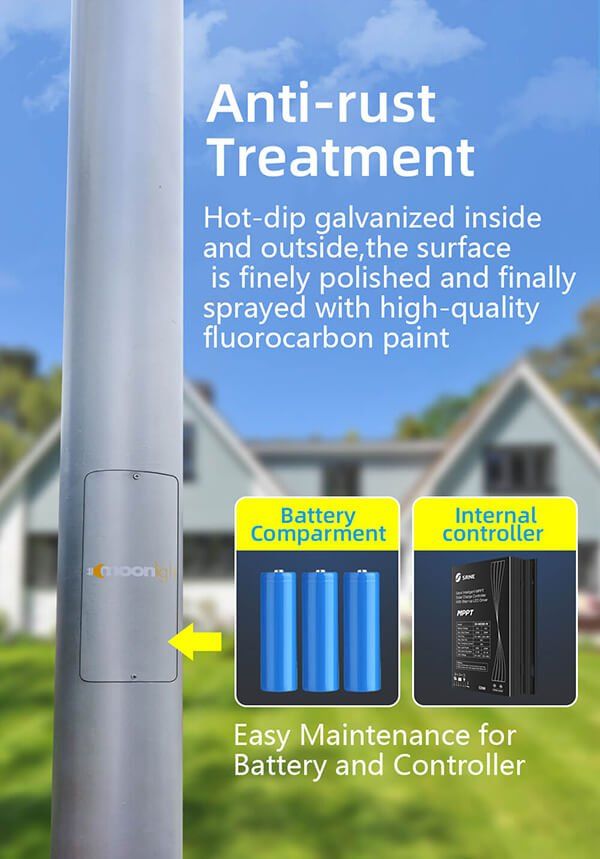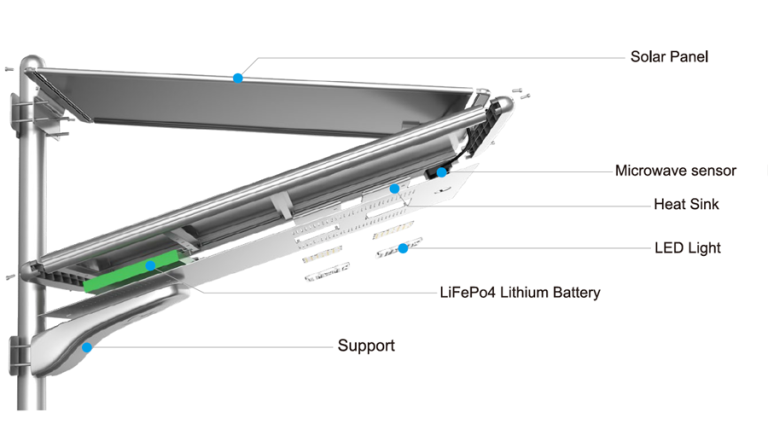Maximizing Efficiency: The Role of Smart Solar-powered Street Lighting Systems
Maximizing Efficiency: The Role of Smart Solar-powered Street Lighting Systems

In an era where sustainability and efficiency are paramount concerns, the integration of smart technologies into everyday infrastructure is becoming increasingly prevalent. Among these innovations, smart solar-powered street lighting systems stand out as a promising solution to address energy consumption and environmental impact in urban areas. One such advancement in this domain is the Smart All-in-Two Solar-powered Street Luminaire, a cutting-edge technology designed to maximize efficiency and effectiveness in outdoor lighting.
Traditional street lighting systems often rely on grid electricity, which not only contributes to carbon emissions but also entails significant operational costs. In contrast, solar-powered street lighting harnesses renewable energy from the sun, offering a sustainable and cost-effective alternative. By utilizing photovoltaic panels to convert sunlight into electricity, these systems reduce dependency on fossil fuels and mitigate the environmental footprint associated with energy generation.
However, the effectiveness of solar-powered street lighting depends on various factors, including location, weather conditions, and operational efficiency. This is where smart technologies come into play. Smart solar-powered street lighting systems integrate sensors, wireless communication, and data analytics to optimize performance and energy usage. The Smart All-in-Two Solar-powered Street Luminaire exemplifies this integration, offering a comprehensive solution to enhance efficiency and functionality.
One key feature of smart solar-powered street lighting systems is adaptive lighting control. By monitoring ambient light levels and pedestrian activity in real-time, these systems can adjust brightness levels accordingly, ensuring optimal illumination while minimizing energy consumption. This dynamic control mechanism not only enhances visibility and safety but also prolongs the lifespan of LED luminaires, reducing maintenance costs in the long run.
Moreover, smart solar-powered street lighting systems incorporate predictive maintenance capabilities, allowing for proactive monitoring and timely intervention. By analyzing operational data and performance metrics, these systems can detect potential faults or malfunctions before they escalate, ensuring uninterrupted service and minimizing downtime. This predictive approach to maintenance not only enhances reliability but also optimizes resource allocation, ultimately leading to cost savings and operational efficiency.
Furthermore, smart solar-powered street lighting systems enable remote monitoring and management, facilitating centralized control and oversight. Through a user-friendly interface, operators can monitor system performance, adjust settings, and troubleshoot issues remotely, eliminating the need for onsite inspections and manual intervention. This remote accessibility streamlines operations and enhances responsiveness, enabling efficient resource allocation and timely decision-making.
In addition to operational efficiency, smart solar-powered street lighting systems offer environmental benefits by reducing carbon emissions and light pollution. By harnessing clean energy from the sun and optimizing energy usage through smart controls, these systems contribute to carbon neutrality and promote sustainable development. Moreover, by directing light where it is needed most and minimizing glare and spillage, smart street lighting systems help preserve the natural nocturnal environment and promote biodiversity.
| Serial Number | Product Name |
| 1 | Solar Street Light |
In conclusion, smart solar-powered street lighting systems, such as the Smart All-in-Two Solar-powered Street Luminaire, play a crucial role in maximizing efficiency and sustainability in outdoor lighting. By integrating smart technologies, adaptive controls, and predictive maintenance capabilities, these systems offer a comprehensive solution to address energy consumption, operational costs, and environmental impact. As cities strive to become smarter and more sustainable, investing in smart solar-powered street lighting systems emerges as a strategic choice to create safer, more vibrant, and more environmentally friendly urban environments.






